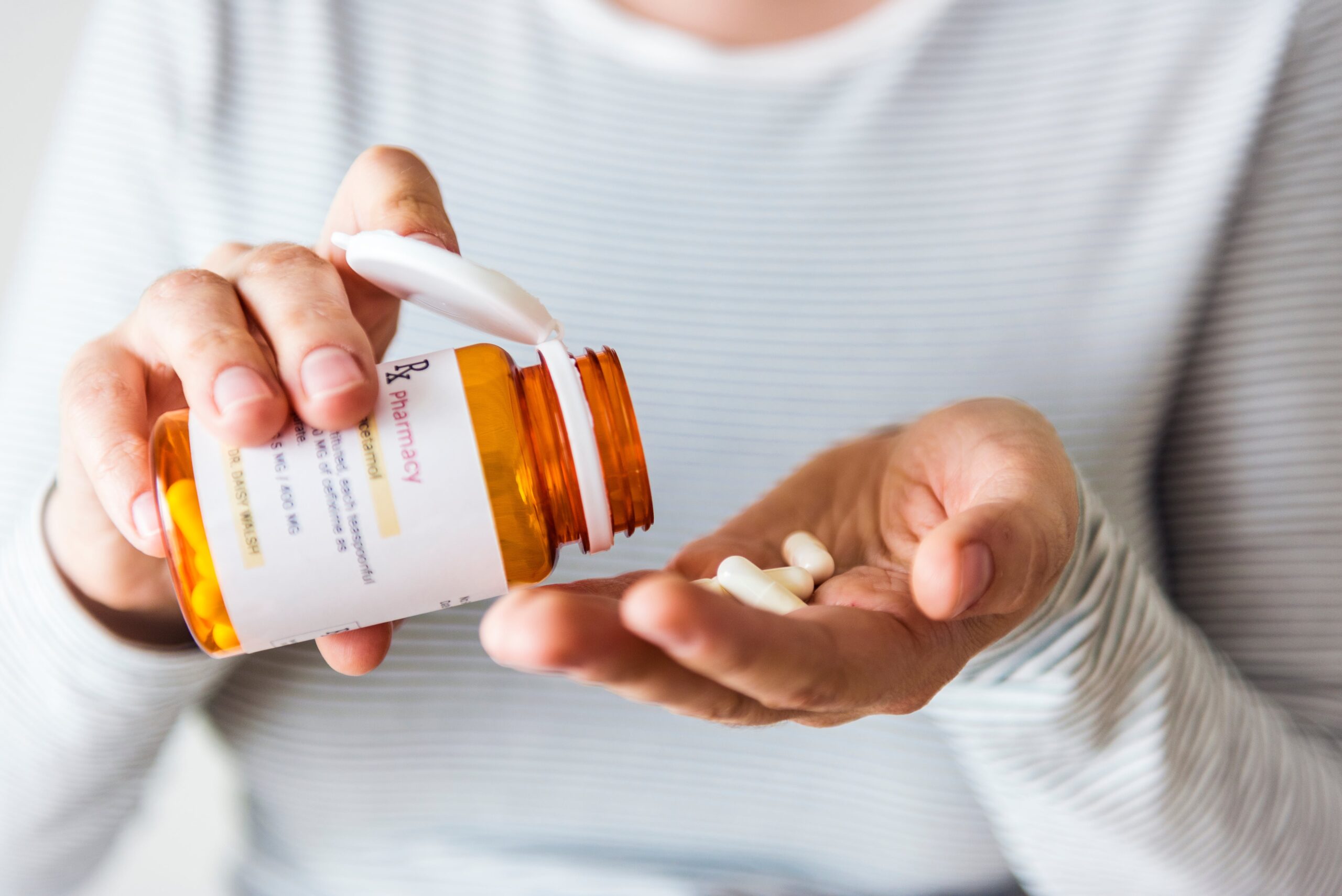Dilaudid, also known by its generic name hydromorphone, is a powerful synthetic opioid pain medication prescribed to manage severe pain. While it can be effective for short-term medical use, due to its intense euphoric effects on the brain’s reward system, there is a high risk of Dilaudid addiction when the drug is misused.
Dilaudid Overview
Dilaudid binds to the opioid receptors in the brain and central nervous system to alleviate severe pain. Due to its high potency, Dilaudid is typically reserved for intense pain that cannot be effectively managed with less powerful analgesics.
The drug is available in various forms, including tablets, capsules, liquid solutions, and injectable forms. Dosage strength can range from 1 mg to 8 mg, depending on the individual’s needs and tolerance level.
Dilaudid induces feelings of euphoria due to its effects on the brain’s reward centers. However, these pleasurable effects increase cravings for the drug and repeated usage. These effects are also heightened when someone is using the drug illicitly. As such, the misuse of this medication can lead to physical and psychological dependence, as well as Dilaudid addiction.
Dilaudid Use, Dependence, and Abuse Signs
There are risks associated with Dilaudid use that need to be understood. Continued or misuse of Dilaudid can lead to dependence and abuse. Some common uses for Dilaudid include pain relief and sedation. Even when taken as prescribed, the drug can cause euphoria.
Dependence on Dilaudid occurs when the body adapts to the presence of the drug, leading to withdrawal symptoms upon discontinuation or dosage reduction. Signs of dependence may include cravings for the drug, increased tolerance requiring higher doses for effectiveness, and difficulty reducing usage without experiencing withdrawal symptoms.
Abuse signifies using Dilaudid in ways other than prescribed, such as taking larger amounts, more frequent doses, or administering it through non-medical routes (e.g., crushing pills for snorting or injecting). Additional indications of abuse involve spending excessive time seeking the drug and neglecting social/occupational responsibilities.
One adverse sign of abuse is respiratory depression. High doses or improper use may cause slowed breathing rates. Another sign of abuse is experiencing nausea and vomiting.
Effects of Dilaudid
The effects of Dilaudid can be both therapeutic when taken as prescribed and harmful when misused. When taken as prescribed under medical supervision, the drug provides effective pain relief due to its ability to bind with opioid receptors in the brain and central nervous system.
Other therapeutic effects of Dilaudid include pain management to help reduce severe pain, sedation to help create calmness or cause drowsiness, and a cough suppressant to suppress cough reflexes.
The misuse of Dilaudid for non-medical purposes can lead to various harmful effects. The drug can induce intense feelings of relaxation, pleasure, and euphoria. Some individuals may experience impaired cognition, lack of mental clarity, and lowered inhibitions. Nausea and vomiting can also occur as an undesirable side effect.
Continued use leads to dependence and eventual addiction. As tolerance builds, higher doses are needed, which can result in respiratory depression, respiratory failure, accidental overdose, and death.
Signs of Dilaudid Withdrawal
Signs of Dilaudid withdrawal manifest when someone dependent on the drug suddenly stops or significantly reduces their usage. Withdrawal occurs as the body tries to readjust to functioning without the presence of Dilaudid. The severity and duration of withdrawal symptoms can vary depending on factors such as dosage, duration of use, and individual physiology.
Common signs of Dilaudid withdrawal include:
- Flu-like symptoms: These may include muscle aches, sweating, chills, runny nose, and watery eyes.
- Gastrointestinal distress: Nausea, vomiting, diarrhea, and abdominal cramps are common during withdrawal.
- Anxiety and restlessness: Feelings of unease or intensified anxiety are frequently reported.
- Insomnia: Difficulty falling asleep or staying asleep is a typical withdrawal symptom.
- Dysphoria: A general feeling of discomfort or dissatisfaction may occur during this period.
- Cravings: A strong and uncontrollable desire for Dilaudid can be experienced during withdrawal.
The duration of Dilaudid withdrawal during drug detox can vary from person to person. Generally, the acute withdrawal phase, which includes the most intense symptoms, typically lasts around 3 to 5 days. However, some individuals may experience a more prolonged withdrawal period lasting up to several weeks.
After the initial acute phase, there may be a longer-lasting period known as post-acute withdrawal syndrome (PAWS). PAWS can include symptoms such as cravings, irritability, insomnia, anxiety, and depression. These symptoms may come and go over an extended period and can last for months or even up to a year in some cases.
Treatment for Dilaudid
The treatment for Dilaudid addiction typically involves a comprehensive approach that addresses both the physical and psychological aspects of addiction. The first step in the treatment process is often detox, where medical professionals monitor and manage withdrawal symptoms to ensure safety and comfort. Medications may be administered to ease withdrawal symptoms and cravings.
After detox, individuals may undergo residential or outpatient rehab programs tailored to their specific needs. These programs provide a structured environment with therapy sessions, counseling, group support, educational resources, and relapse prevention strategies.
Compassionate Help for Dilaudid Addiction in Columbus, OH
Take the first step towards recovery at Ohio’s #1 addiction treatment center, Ohio Addiction Recovery Center in Columbus. Our compassionate team is dedicated to providing gender-specific comprehensive detox and rehabilitation services tailored to your individual needs. We offer a safe and supportive environment to begin your journey toward lasting recovery.
Contact us today to start your path to a healthier, drug-free life.






